There is only one compensator and barrel combo that is acceptable when building a correct Roland Special, the KKM 4 Port compensated match grade barrel. I know that sounds a bit snobby, but the Roland Special isn’t really a concept, but a very specific build using parts that have a proven track record. Roland chose the KKM compensated barrel as a result of past experience and testing, knowing exactly what to expect.
As before, please refrain from speculating or talking about Roland’s real identity. I would prefer that you not out Roland as he prefers to not be identified. Given how helpful he has been in putting this series together, I ask that we all honor his request.
Check out Part 1 of the Roland Special build series HERE where we installed the Raven Concealment Freya mag well.
Taking the KKM Precision barrel out of the package we find that the machine work is second to none. It might be the nicest pistol barrel that I have ever laid eyes on. The below photos were taken after a single range trip so there may be some wear on the barrel and carbon buildup. They ship in pristine condition with some anti-seize on the threads.
Every KKM barrel is made from 416R stainless steel bar stock and is then heat treated and vacuum tempered to 42 RC. They CNC machine each barrel and use a button rifling machine to cut the match grade rifling and use a SAAMI spec match chamber reamer to give each barrel a fully supported chamber.
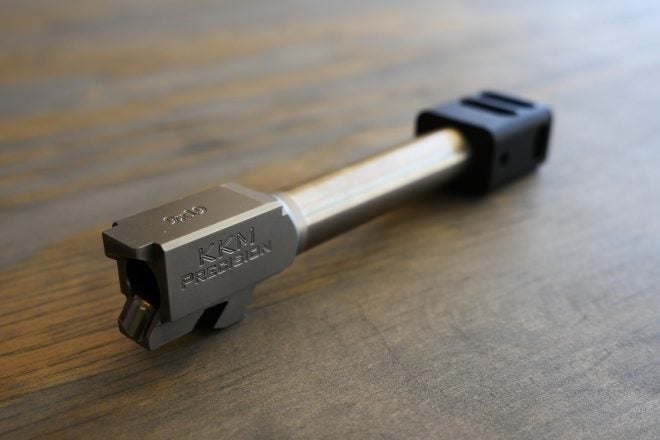
The barrel ramp came highly polished and glass smooth, no doubt this will aid in defensive ammunition feeding reliably with the after market barrel. I don’t think it would be much of an issue anyhow seeing as the barrel is for a Glock 19.
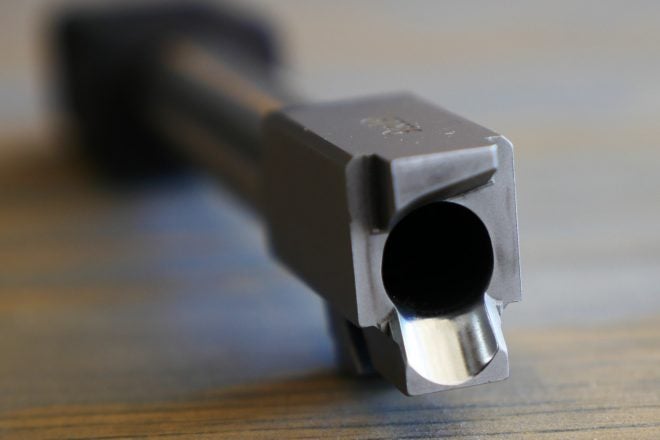
The compensator is not a bad looking unit and probably the most attractive option on the market currently. Sure there are some fancier comps out there designed for the standard 1/2×28 thread pitch, but none of them that I have tested are quite as effective as the KKM 4 port. The huge downside to the KKM comp is that it uses a 9/16×32 thread pitch in order to get the compensator as close to the slide as possible. As a result, you are not able to use a suppressor with the barrel, but I am OK with that. This gun isn’t intended to be suppressed.

Like the rest of the barrel, the locking hood is well machined and left in the raw. KKM does offer finished barrels, but the Roland Special calls for a raw barrel like this one. I found that the barrel locked up tighter than a bank vault even though this is a drop-in barrel. I understand that KKM offers a version that requires gunsmith fitting that adds some lead time, but I doubt that it would increase accuracy much at all over the drop-in unit thanks to the super tight lockup.
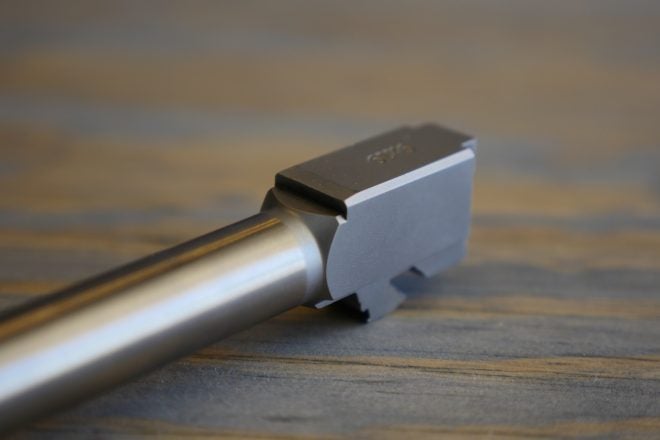
The lugs on the bottom of the barrel are again beautifully machined. At the time I am writing this I have about 1300 rounds through my KKM barrel with no discernable wear on the lugs and only the slighted wear on the hood.
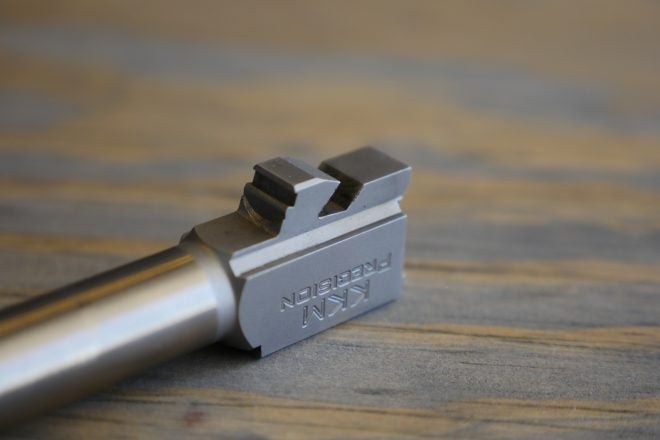
Taking a closer look at the compensator, you can see that the machine work and finish is top notch just like the rest of the barrel. The threads start almost immediately, again to get the comp as close to the slide as possible.

KKM upgraded their old three port compensator that was made from steel to an aluminum unit, adding another port on top on the newer KKM 4 port comp. The large expansion chamber ensures that the compensator is as effective as it can be.

You can see that the barrel is nicely crowned as well as the flats that the set screws interface with when tightened. You might notice the lack of a pronounced shoulder on the barrel since this barrel isn’t intended to be used with a suppressor it isn’t a problem.
A side benefit of the threaded barrel is that it increases the length of the Glock 19 barrel to roughly the same as a Glock 17, eeking out just a bit more velocity that helps ensure that defensive ammo performs as intended.
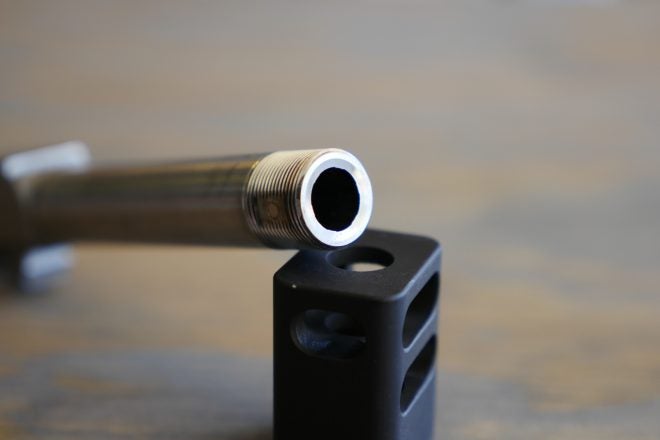
Like you might expect, the rifling inside the barrel is second to none. It is very sharp and pronounced and uses button rifling to squeeze every bit of accuracy out of the barrel. This also allows you to shoot cast or plated bullets, unlike the stock Glock barrel.

Installing the barrel and 4 port comp on my Glock 19 was super easy to do and didn’t require any tools other than the hex wrench that they included with the barrel. Start by dropping the barrel into your slide just like you would with a stock barrel.
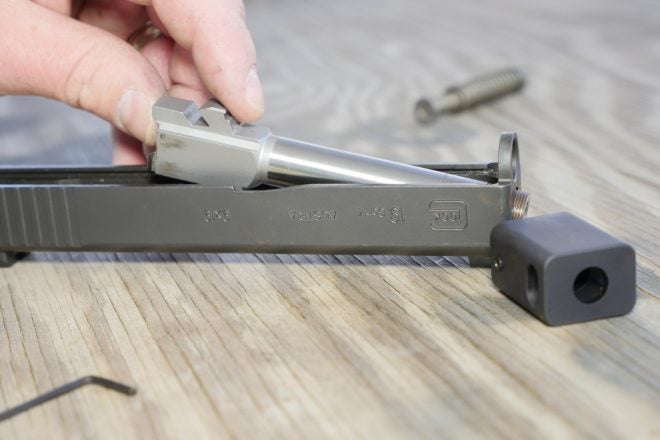
KKM machines two flats on either side to give the set screws a place to get the best possible purchase. The set screws have a bit of a sharp edge on the side that contacts the barrel and will deform the metal if you tighten it enough, this isn’t a problem and helps when you reinstall the comp after cleaning the gun.
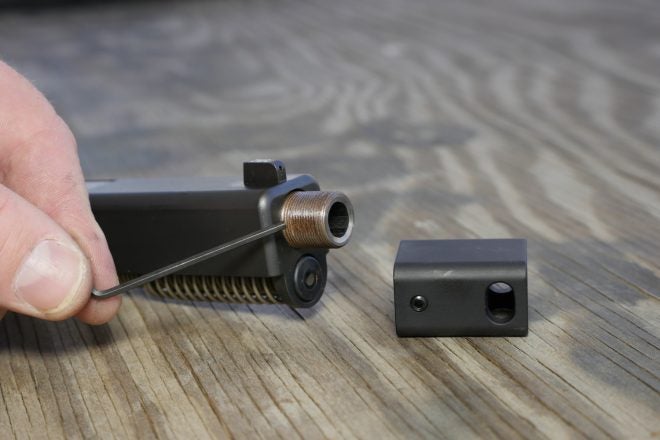
After you have installed the barrel as you normally would, thread the comp down as far as it will go. You might want to remove the recoil spring to get it as close as you can, I was able to get it as close as possible without removing the recoil spring on my gun.
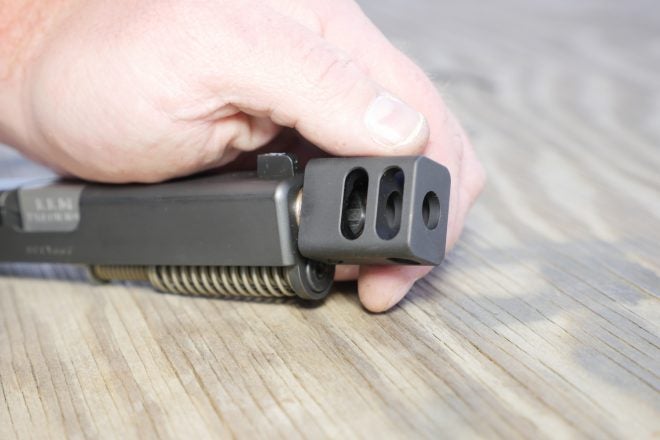
Once the compensator is as close to flush as it can be, tighten the two set screws on either side of the barrel making sure the comp is level with the slide. I would recommend using some Rocksett on the screws to keep them in place and checking them for tightness every six to seven mags.

Once everything is tightened down simple, put the slide back on the gun, and you are ready to start shooting. The overall length of the slide and compensator is right about the same as a Glock 34 making holster choice reasonably easy.

As far as the Roland Special is concerned, the main reason that Roland chose the KKM 4 port compensator is to keep the carbon buildup off the Surefire X300 Ultra A model that typically resides on the gun. In the photo below the light was removed so I could test a holster that will not accommodate the Surefire.
The side benefit of the KKM 4 port compensator is the recoil mitigation, higher velocity and increased accuracy that the barrel provides. You can see in the photo below the ports doing their job to tame the 124 grain Federal HST +P 9mm that I was running in the gun.
In a TFBTV video, I tested the KKM 4 port comp vs a stock barrel and found that when just focusing on getting a good sight picture my split times dropped quite a lot with the comp installed. With the stock barrel, split times were about .26 second, after the barrel swap we saw split times drop to .17 second. A tenth of a second per shot can add up to quite a lot if you are focused on getting as many rounds on target as fast as possible or you are running a competition stage.
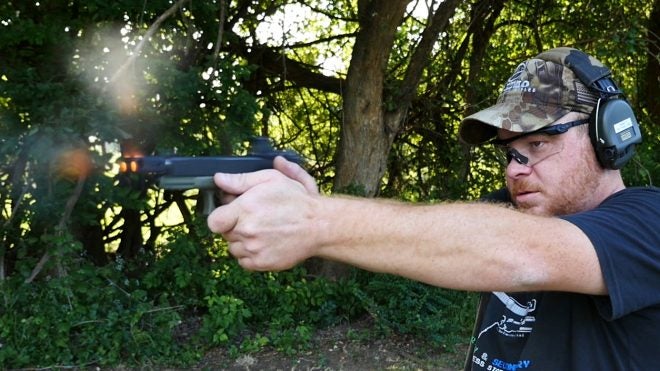
Using the same 124-grain +p Federal HST I shot a few groups to see how accurate the Roland Special was. First up was a five shot group shot at 7 yards in a standing position. All five rounds landed on target producing a rather nice group even though I pulled one low.
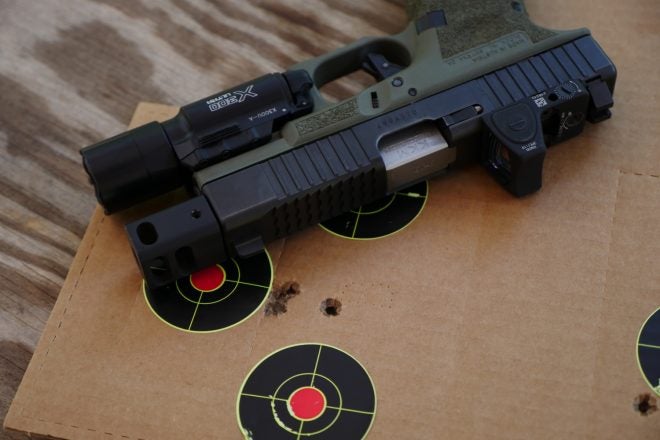
I stepped back to 15 yards and fired five more of the 124-grain hollow points from an unsupported standing position and got all five of them to land in yet another super tight group that I can be proud of.
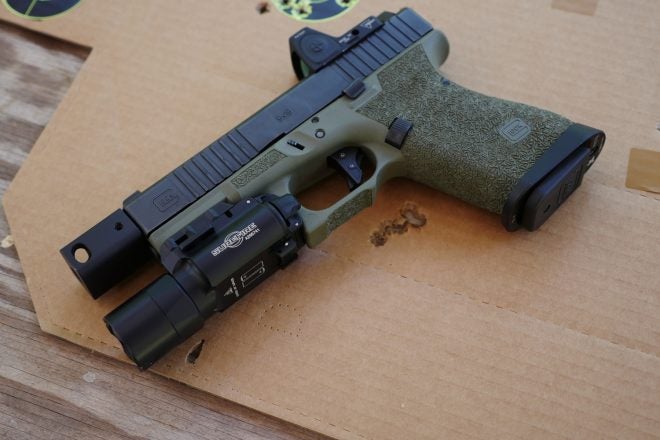
The last group I shot was at 35 yards, again standing without support. The pistol performed quite well even though I pulled another one just low of the group. Not too shabby for 35-yards without any type of rest. I am sure the barrel is capable of much greater accuracy in more capable hands.
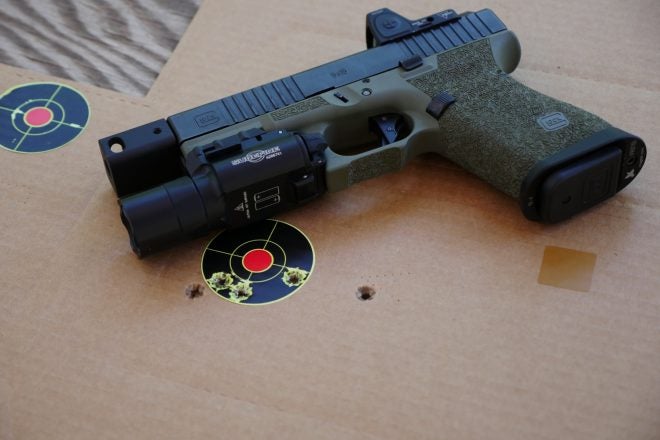
After about 1300 rounds downrange, I have to say, the KKM Precision 4 port compensated barrel is one of the few products I have tested that performed far better than I could have even imagined. While the 9mm might not be the hardest recoiling cartridge on the planet, the 4 port compensator does an excellent job of helping you get the gun on target faster.
The 1300 rounds I ran through was a mixture of factory 115-grain FMJ, reman 115-grain FMJ, reman 124-grain FMJ, new 147-grain FMJ, remain 147-grain FMJ, 124-grain +p JHP Federal HST, 124-grain +p+ JHP, and 147-grain JHP Federal HST without any issues whatsoever. KKM does recommend shooting hotter ammunition with a velocity of at least 1000 FPS to ensure proper function but even when I shot some of the powder puff loads I had in my ammo stash I experienced no malfunctions with a stock Glock recoil spring.
You can find more information about the KKM 4 port compensated match barrel on the KKM Precision website. The barrel’s MSRP starts at $275 for the unfinished version tested and goes up to $295 for a Blacknitride finished version.
 Your Privacy Choices
Your Privacy Choices